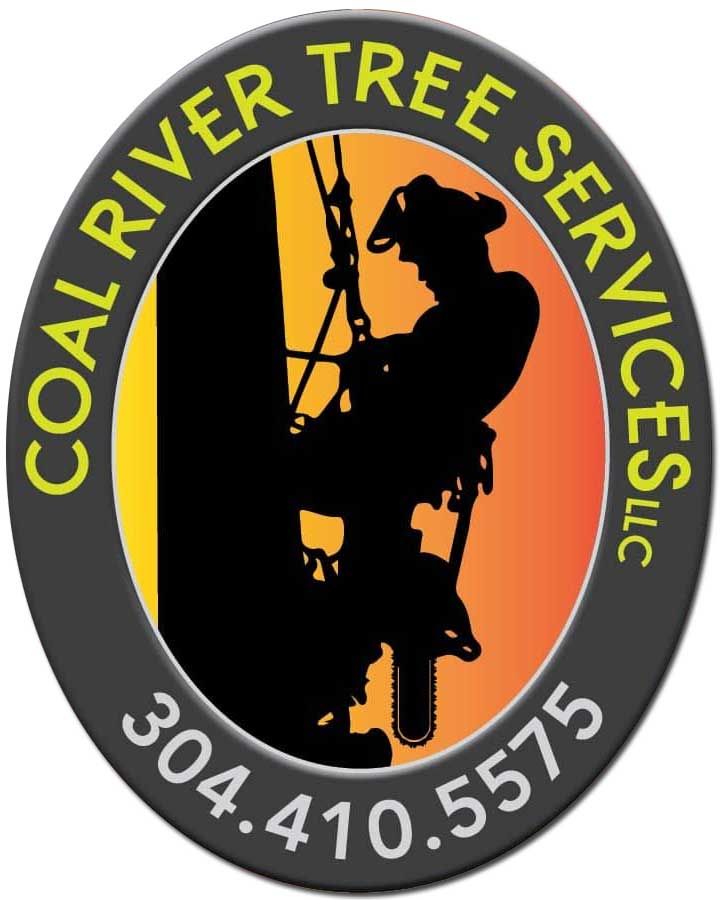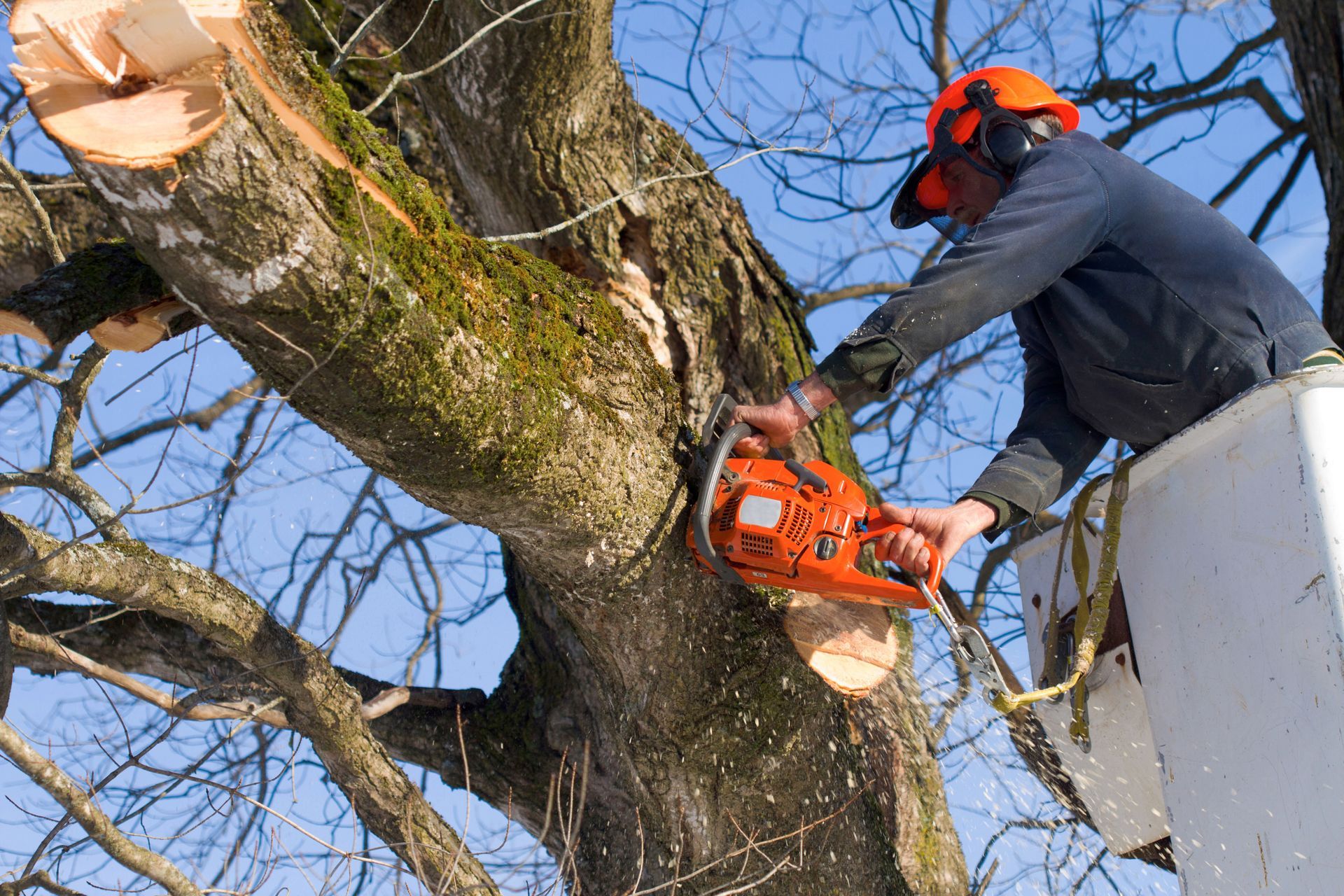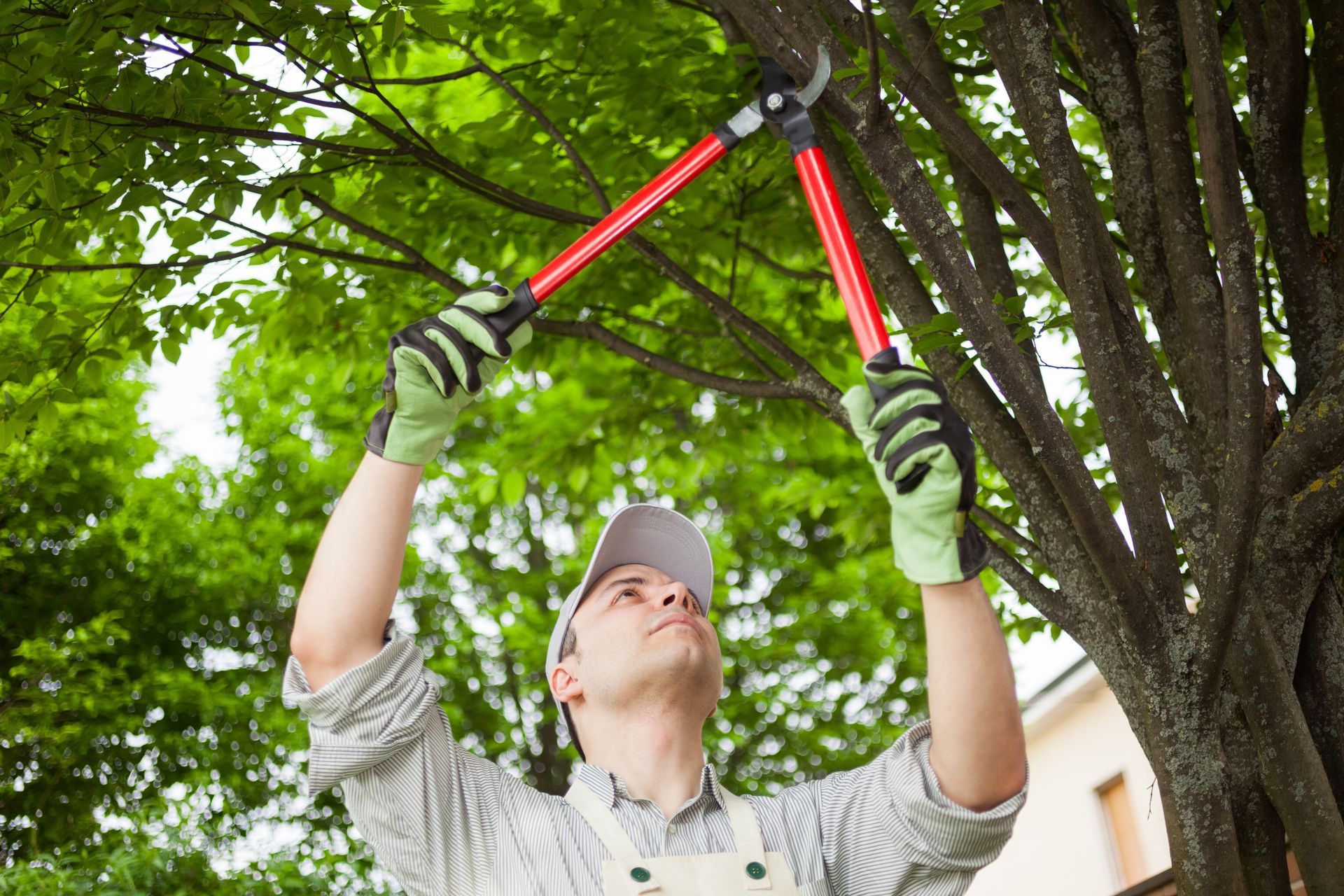What Should I Consider Before Tree Removal?
Tree removal can be a necessary but complex process involving numerous factors that need consideration. Before deciding to remove a tree, it’s important to evaluate several elements to ensure the process is conducted safely, legally, and efficiently. This article will explore key considerations and steps to take before proceeding with tree removal.
Understanding the implications of such a decision, both short-term and long-term, is crucial for homeowners and community members alike. Whether the reasons are structural, aesthetic, or environmental, a comprehensive approach ensures responsible stewardship of natural resources.
Understanding the Reasons for Tree Removal
Evaluating the health of a tree is the first critical step in considering its removal. Signs of poor health include dead branches, peeling bark, and fungal growth near the base. Diseases can weaken a tree, making it a hazard during storms or high winds. Consulting with an arborist can help assess whether a tree can be treated or if removal is necessary. According to the Arbor Day Foundation, a single large tree can supply a day's worth of oxygen for up to four people, underscoring the importance of preserving healthy trees.
Structural risks are often a pressing reason for tree removal. Trees close to buildings, power lines, or other structures can pose significant dangers. Over time, roots can damage foundations, or branches can fall during adverse weather conditions. Homeowners must weigh the potential risk against the benefits of keeping the tree. Strategically removing trees that threaten structures enhances safety and prevents costly damage.
Trees often play a crucial role in the aesthetic appeal of a property. Overgrown or poorly placed trees could detract from a landscape's appearance and utility. Removing a tree might open up space for gardens, patios, or even a new building project. It's vital to ensure that the tree's removal aligns with the property's overall landscaping vision. Consistently managing tree placement enhances not only beauty but functionality as well.
Permitting Process
Before removing any tree, it's important to check local regulations. Municipalities often have bylaws governing tree removal to preserve community aesthetics and environmental health. Some locales require permission or involve public notification processes. Non-compliance can result in substantial fines or restitution requirements. Consulting local authorities or neighborhood associations can clarify any jurisdiction-specific rules.
The permitting process for tree removal can vary greatly depending on the jurisdiction. In some areas, a simple application with a fee is sufficient, while others may demand detailed plans or impact studies. It is crucial to start this process early to avoid delays. Gathering necessary documents, such as property maps and tree surveys, can streamline approval. Engaging with the community and explaining reasons for removal can also aid in smoother permit acquisition.
Tree protection laws are designed to conserve important tree species or preserve urban canopy levels. In some areas, these laws can be stringent and require demonstrable proof that removal is necessary. Specific species may be protected due to their rarity or ecological importance. Understanding these laws and ensuring compliance is essential. Violating tree protection laws can result in severe penalties and legal challenges.
Choosing the Right Tree Removal Service
Choosing the right tree removal service requires assessing their experience and qualifications. Services with certified arborists and extensive experience tend to provide superior outcomes. Qualified professionals adopt best practices, ensuring safe and efficient operations. Checking qualifications like license, certification, and records fosters confidence in the chosen service. Professional expertise should bolster trust and assure quality execution.
Adequate equipment and resources are crucial for effective tree removal. Specialized machinery, like cranes or chippers, ensures precise operations. Services lacking modern equipment might risk safety or efficiency. It's essential to verify that the chosen service has the appropriate tools for your specific project. Advanced equipment paired with trained operators produces smoother and faster tree removals.
Ensuring the tree removal service follows rigorous safety practices is a non-negotiable criterion. Practices should adhere to local safety standards, minimizing risk to personnel and property. Inquiring about safety protocols and training enhances confidence in safe operations. Safe removal processes should prioritize mitigating hazards to people and surrounding structures. Reliable services emphasize strong safety cultures, lessening the chances of accidents or property damage.
Environmental and Ethical Considerations
Tree removal’s impact on local ecosystems is multifaceted. Trees contribute to biological diversity, offering habitats and food sources for numerous species. Removing them can unbalance ecosystems, threatening wildlife survival. Planning removal with ecological sensitivity and awareness minimizes negative repercussions. Enhancing biodiversity often requires interventions like careful planning and restoration efforts.
Identifying alternative solutions to tree removal is an ethical consideration before proceeding. Pruning, treating diseases, and safety enhancements can resolve tree-related issues without complete removal. Healthy large trees are irreplaceable resources, converting carbon dioxide and providing oxygen, as stated by the Arbor Day Foundation. Efforts to preserve and protect trees reduce the need for drastic measures. Innovation and patience can maintain healthy and viable environmental conditions.
Certain tree species have greater conservation needs than others. Rare or endangered species necessitate more careful consideration and sometimes legal protection. Consulting experts to evaluate conservation status and importance should precede removal decisions. Removing trees critical for conservation contradicts broader ecological stewardship goals. Intelligent tree management respects diverse species' statuses and fulfills local and even global conservation targets.
Replanting and restoration efforts compensate for tree removal's environmental consequences. Strategically choosing native species for replanting can restore ecological integrity. Collaborating with landscape specialists can enhance restoration initiatives, resulting in prosperous green spaces. Education and community involvement amplify these restoration activities' positive impact. Through replanting, communities can realize long-term ecological and aesthetic benefits.
Biodiversity encouragement is an ethical responsibility after removing trees. Selecting a diverse mix of species can enhance ecosystems and maintain resilience against disease and climate events. Community-supported biodiversity projects promote sustainable habitats and enrich the local environment. Balancing human and ecological objectives fosters vibrant ecosystems capable of adapting to diverse challenges. Protecting biological diversity secures essential services supporting community well-being.
Post-Removal Steps and Considerations
Effective debris management is a significant step after tree removal. Leftover tree materials require appropriate disposal or recycling. Properly managing debris reduces hazards, negating impacts on landscapes and environments. Mulching, composting, or donating wood reuse the materials sustainably. Efficient debris handling leaves properties clean and ecologically compliant.
Post-removal, addressing tree stumps is necessary for land aesthetics and usability. Stump grinding and elimination prevent hazards, infestation, or resource waste. Removing stumps facilitates new landscaping ventures or construction projects. Completing this task enhances the properties’ neat and appealing characteristics. Stump removal represents a critical finishing touch for responsible tree removal efforts.
Before proceeding with tree removal, it's crucial to consider various factors, from legal and financial aspects to environmental and ethical implications. By following a thorough assessment process and choosing professional services, homeowners can ensure a safe and responsible approach to tree removal. Remember, the goal is not only to address immediate concerns but to make informed decisions that benefit the property, community, and environment in the long term. Trees provide invaluable ecological contributions that should be preserved wherever feasible, aligning with the core tenets of sustainability and conservation. Ultimately, thoughtful preparation guarantees outcomes that respect community values and ecological heritage. For more information about the services that we offer, reach out to our incredible team at Coal River Tree Service LLC today!



Share On: